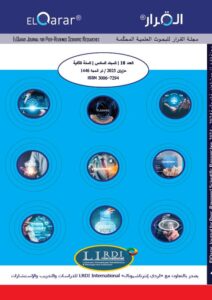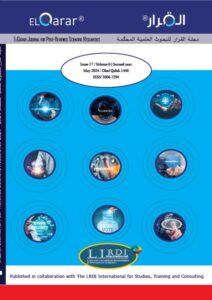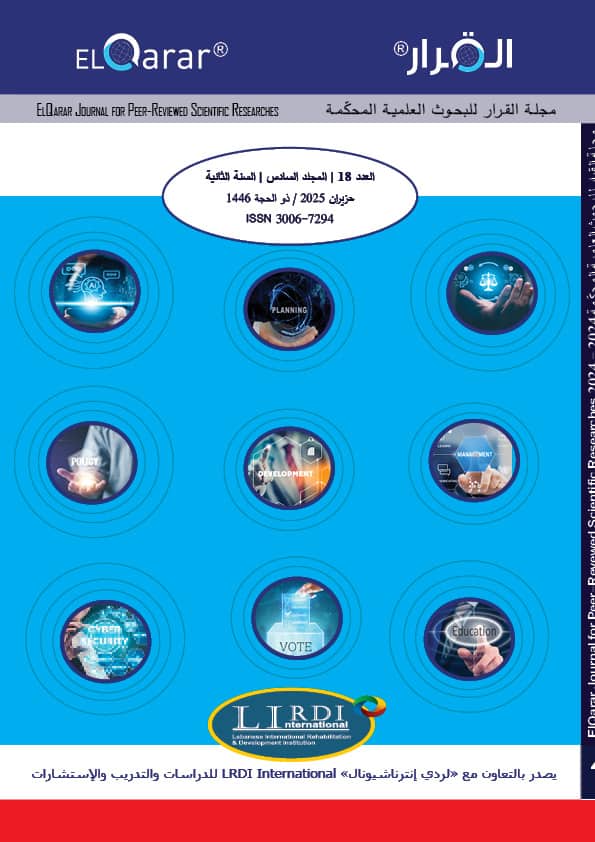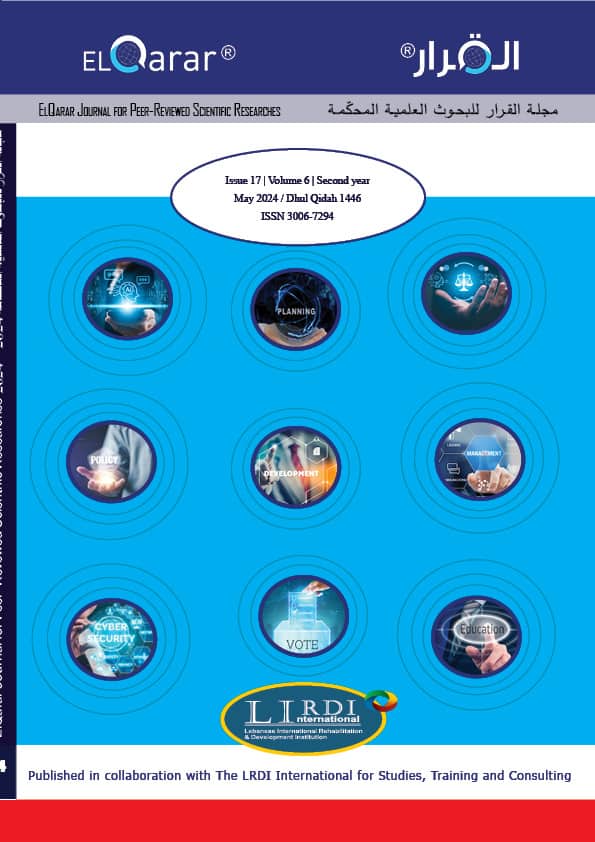Author: Dr. Fadi Nadim Hassanieh | Lebanon
Graduated from Beirut Arab University
College of Law and Political Science
Abstract
The Western Sahara conflict stands out as one of the most enduring disputes globally, persisting for nearly five decades since the UN General Assembly mandated a self-determination referendum. Regrettably, despite the passage of time, the conflict remains as intractable as ever. Presently, Western Sahara unequivocally holds the distinction of being the largest territory still present on the United Nations’ roster of “non-self-governing territories.” Within the framework of the UN, it is designated as a region that has yet to realize its inherent right to determine its own destiny.
In 1881, the region now recognized as Western Sahara came under Spanish colonial rule. However, in the mid-1970s, Spain initiated plans to decolonize the area, envisioning its transformation into a close, allied, and independent state through a self-determination referendum. Despite these intentions, both Mauritania and Morocco, neighboring countries, rejected Spain’s proposal and asserted their respective claims over the territory. While historical reasons were cited, the underlying motivation for their claims seemed to revolve around the abundant natural resources in Western Sahara, including phosphates, fish, and crude oil, intensifying the dispute over these valuable reserves.
Moreover, the strategic geographic location of the region played a significant role in the contention. To address the complex situation, King Hassan II of Morocco sought the intervention of the International Court of Justice (ICJ) to reassess the status of the contested territories. In response, the United Nations dispatched a special commission to Western Sahara in May 1975 to evaluate the on-the-ground circumstances. The commission’s October 1975 final report indicated that most of the population favored independence and opposed Moroccan and Mauritanian claims. Subsequently, the ICJ asserted that Western Sahara, known as Rio de Oro and Sakiet El Hamra during Spanish colonization, was not a territory belonging to no one (terra nullius).
In tandem with the ICJ’s judgment, and to bolster Moroccan claims to Sahrawi territories, King Hassan II announced the “Green March,” involving the mobilization of 350,000 Moroccan people towards Western Sahara. Despite Spanish efforts to impede the march, demonstrators arrived in Western Sahara on November 6, 1975, generating support among Moroccan followers and political leaders. However, this action prompted widespread international reactions, particularly from the United Nations Security Council (UNSC), which condemned the march and called for Morocco to “withdraw from the Territory of Western Sahara all the participants in the march.” Consequently, on November 16, 1975, Spain opted to withdraw from Western Sahara and transfer the administration of the region to both Morocco and Mauritania.
The POLISARIO, seeking independence since its inception in 1974, did not accept the Moroccan-Mauritanian occupation and launched a resistance campaign. In the 1970s, approximately 160,000 Sahrawis left Western Sahara for refugee camps in Algeria (where POLISARIO has its main base in Tindouf) and Mauritania. On February 27, 1976, POLISARIO announced the Saharan Arab Democratic Republic (SADR) and declared its first government on March 4. After a coup in Mauritania, the new government signed a peace treaty with POLISARIO, rejecting all territorial claims. Morocco took advantage of the situation, moving to seize the former Mauritanian-occupied areas. Sahrawi fighters, supported by Algeria, declared war against Moroccan troops. On April 19, 1991, the UN Security Council adopted Resolution 690 (1991), establishing the MINURSO (United Nations Mission for the Referendum in Western Sahara) and outlining arrangements for a free and fair referendum on choosing between independence and integration into Morocco.
Reference | ElQarar for Scientific Research Journal | fourth issue | Volume two | First year | April 2024 | Shawwal 1445
![]() View the full study | PDF 409 KB
View the full study | PDF 409 KB









لا يوجد تعليقات
أضف خاصتك